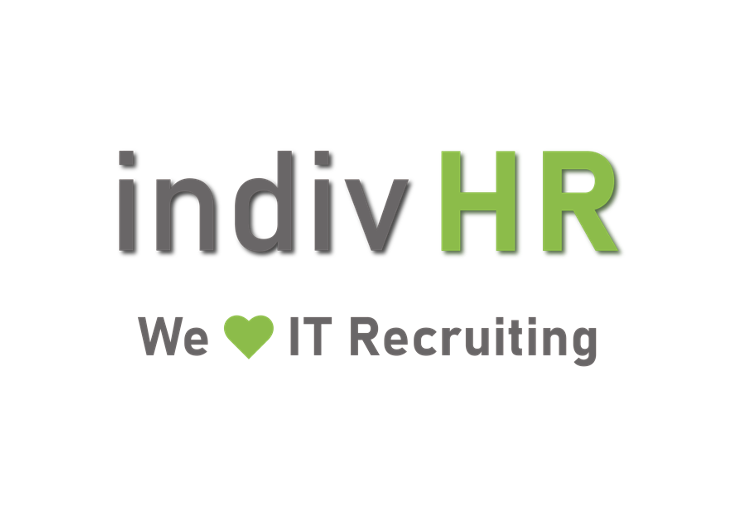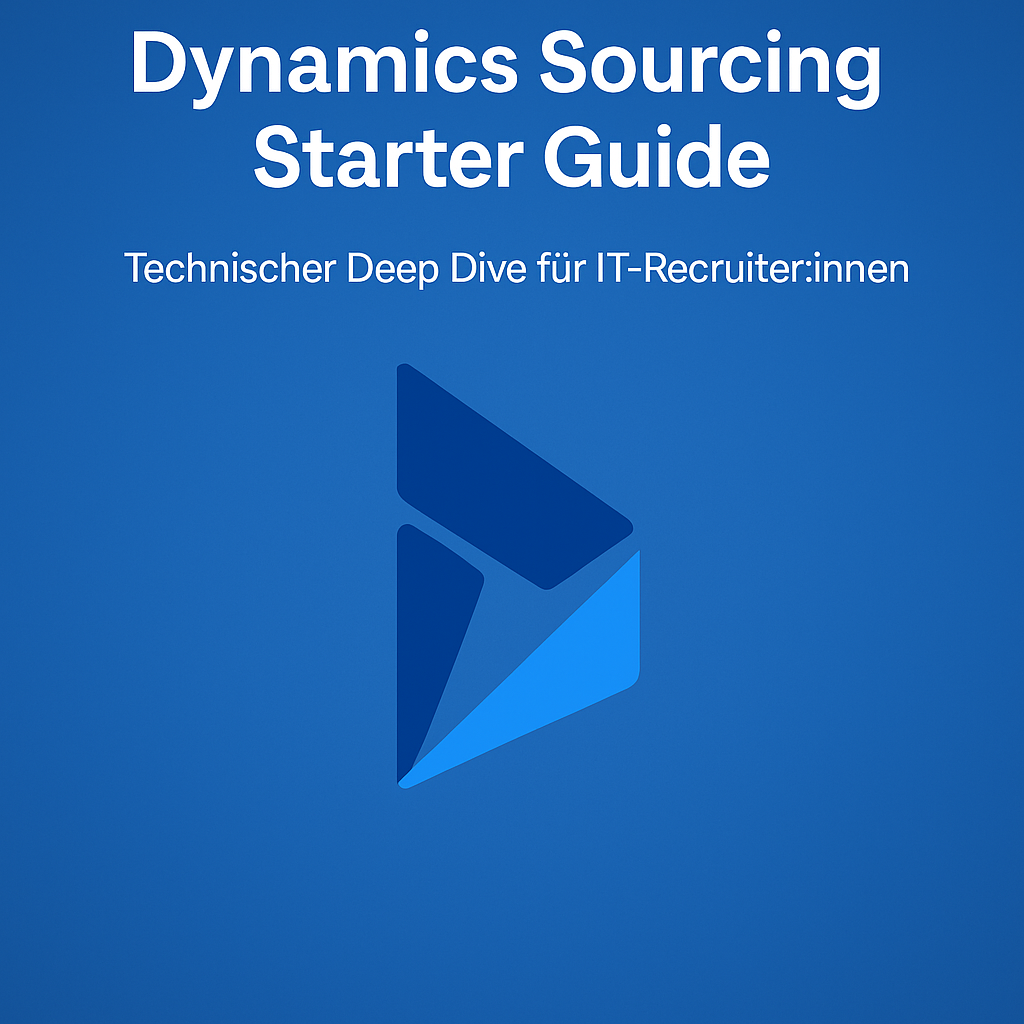Why GitHub for recruiters?
GitHub is not a social media platform - it's a technical portfolio. Github for recruiters.
While traditional CVs are often embellished or outdated, GitHub offers something that has become rare in recruiting: Authenticity.
Those who are active there not only show tools and languages, but also document mindset, diligence and cooperation.
At indivHR, we use GitHub not only for research, but also as an in-depth analysis tool. We read profiles and repositories like a technical lead - because that's where talent becomes visible, long before they actively look for a new job.
GitHub basics for recruiters
| Term | Explanation |
|---|---|
| Repository (Repo): | A project folder on GitHub - contains code, documentation, tests, etc. |
| Pinned Repos: | Visibly highlighted projects - deliberately selected by the developer. |
| ReadMe: | The start page of a project - explains goal, use, tools. |
| Commit: | A single change to the code - with description and timestamp. |
| Commit Message: | Brief description of the change - says a lot about mindset and structure. |
| Pull Request (PR): | Change proposal, which is usually reviewed by others in the team. |
| Fork: | Copy of a third-party repo - often the starting point for your own experiments. |
What we look for in GitHub profiles
1. Pinned repositories - what does someone voluntarily show?
The pinned repos show what someone is proud of.
They are often thematically focused - e.g. Cloud, DevOps or ML - and provide an initial insight into the specialisation.
We pay particular attention to: Toolstack, clarity in the documentation and project size.
2. ReadMe files - documentation is mindset
Good developers document - not just for themselves, but for others.
A structured, comprehensible ReadMe file shows professionalism and team spirit.
It also reveals: how someone thinks, communicates and whether there is technical depth.
3. Commit behaviour - structure beats activity
We analyse how regularly commits are made - and whether they have speaking messages.
A profile with "Refactored helmet deployment logic" has a different effect than one with 50× "update".
The grouping and clarity of the changes also demonstrate methodical work.
4. Languages used - and what is really used
GitHub lists the programming languages used per repo.
If the CV says "Python", but 80 % of the code consists of YAML, Bash and JSON, then we know: The focus is probably elsewhere.
These details make a real difference in the selection process.
5. Making teamwork visible - Open Source Contributions
Pull requests, reviews and comments show how strongly someone works collaboratively.
We pay attention not only to our own code volume, but also to feedback culture, activity in issues and participation in external projects.
6. Forks vs. originals - is someone building or just copying?
Forks are copies of existing projects. Those who only fork are usually experimenting.
Anyone who creates, documents, maintains and structures their own repos takes responsibility.
This differentiation is crucial in the assessment of seniority.
Boolean Search: Search GitHub via Google X-Ray
site:github.com "terraform" "aws" location: "Germany"
site:github.com inurl:repos "ArgoCD" "Kubernetes"
site:github.com "mlflow" "data engineer" language:python
👉 Combine with "updated:<2025-01-01" for active repos
👉 Or use stars:>10 to prioritise maintained projects
GitHub is not a CV - it's a proof of competence
GitHub shows: How does someone really work?
What tools does he use, how deep is his knowledge, how thorough is his communication?
These answers are not in the CV - they are in the code.
At indivHR, we understand GitHub.
And that is precisely why we find talent before the market recognises it.
🎁 Your free GitHub sourcing guide (PDF)
Contents:
-
5 tech signals for real skills
-
5 Google strings for GitHub sourcing
-
1-minute glossary for recruiters
📩 Sign up - we'll send you the PDF download directly by e-mail:





